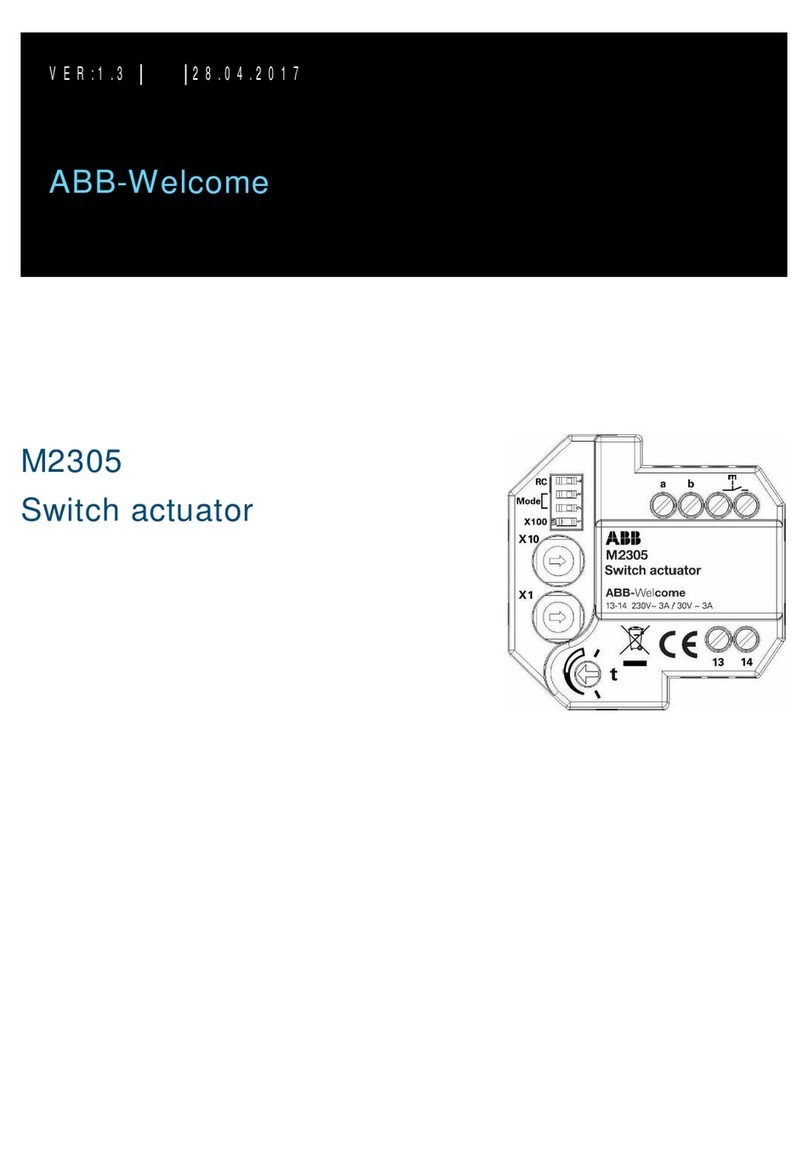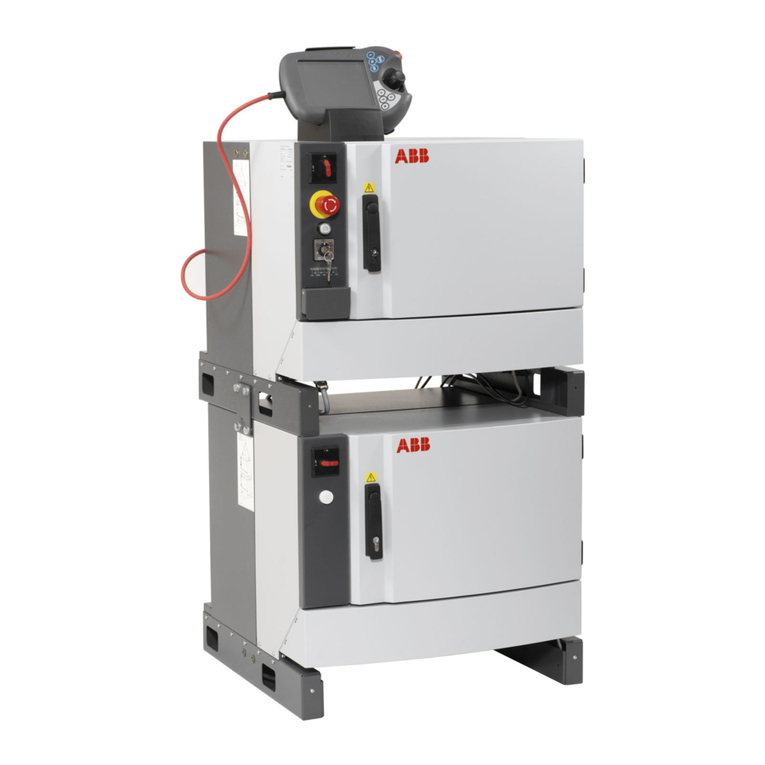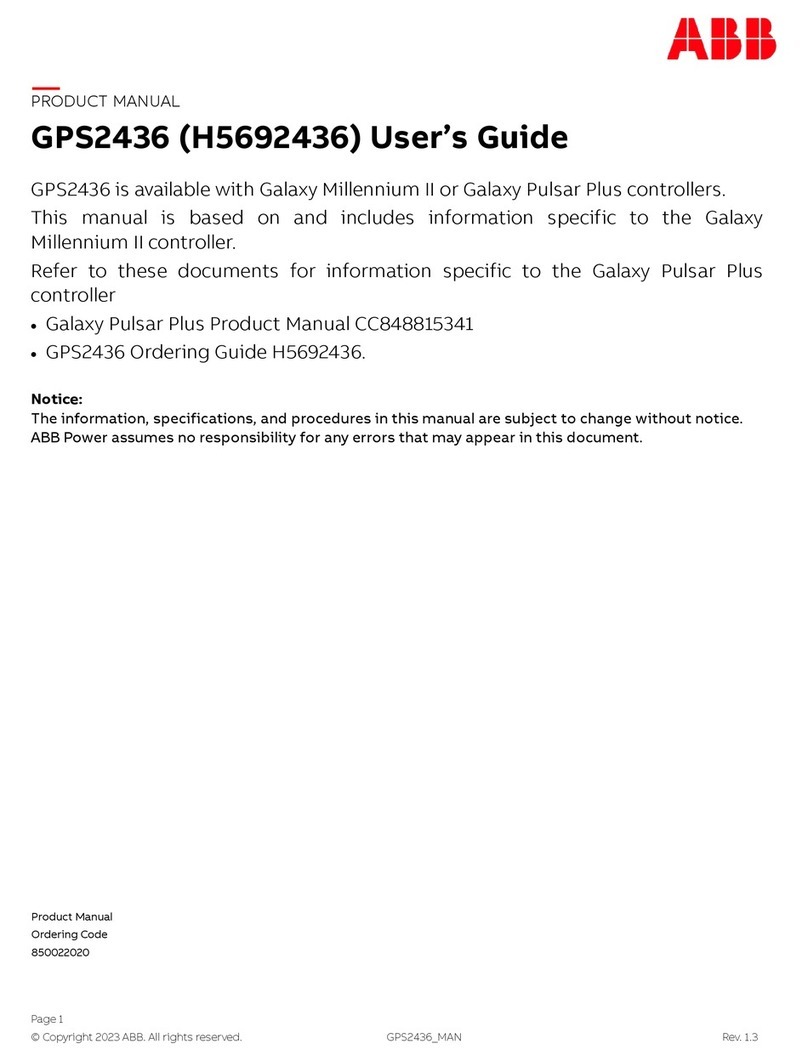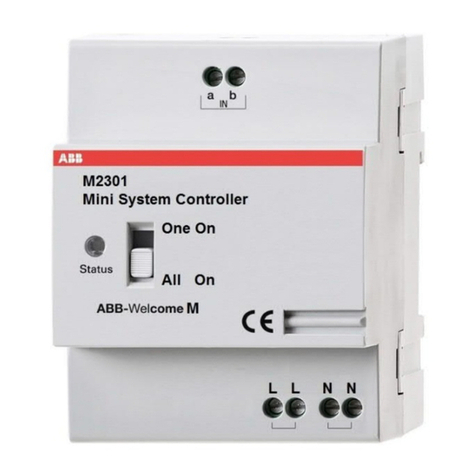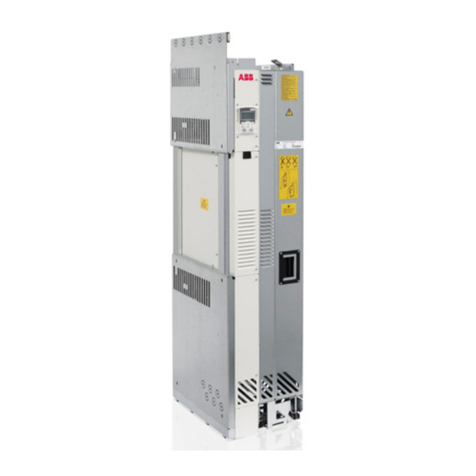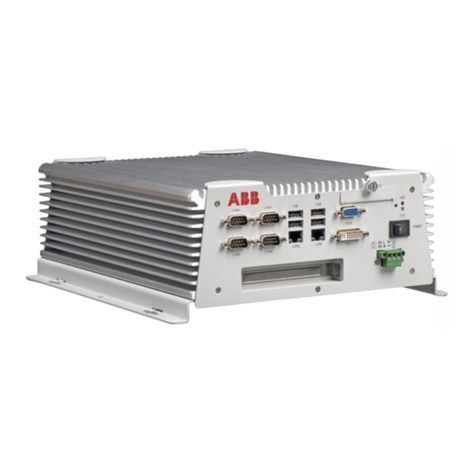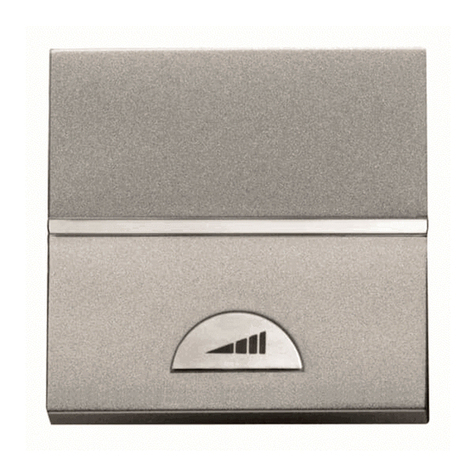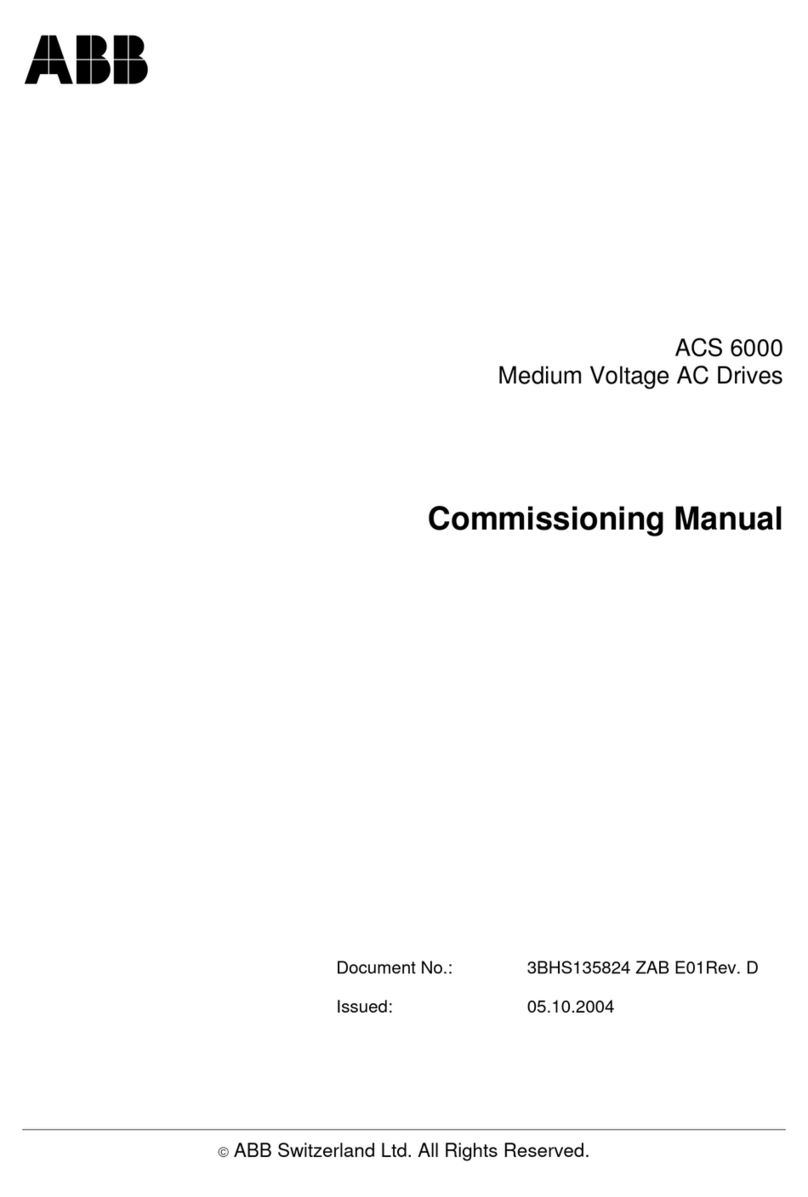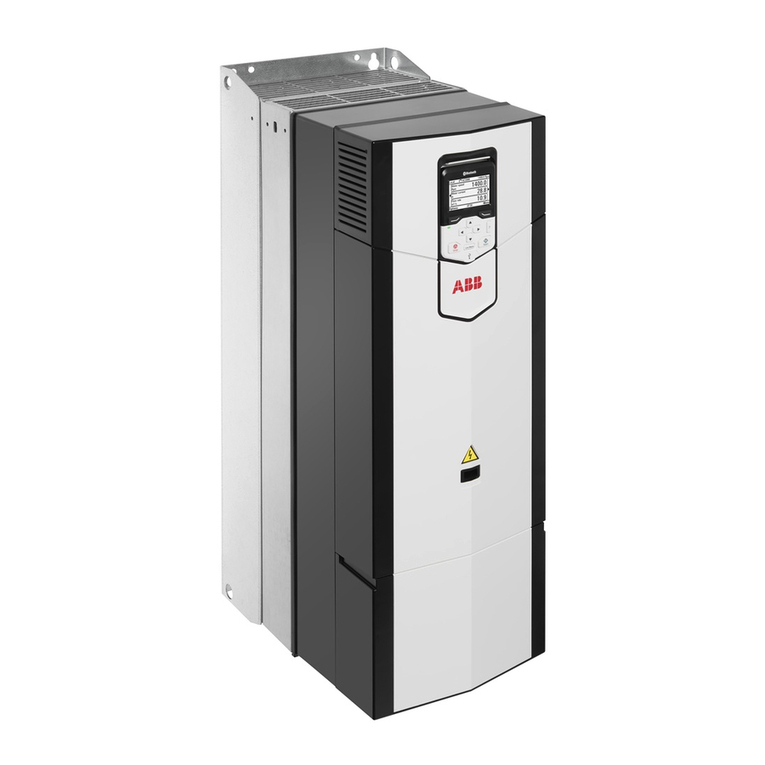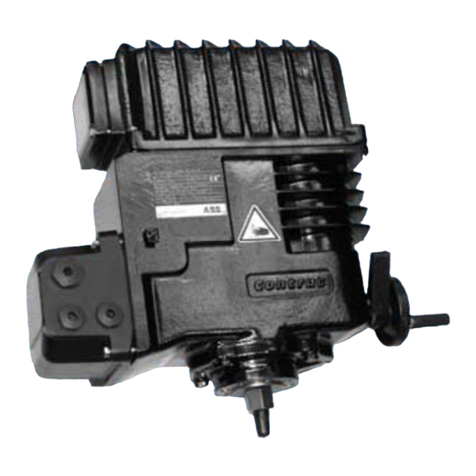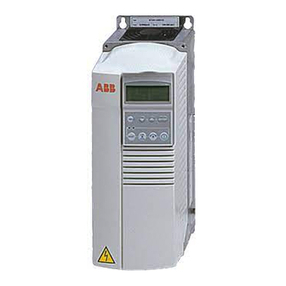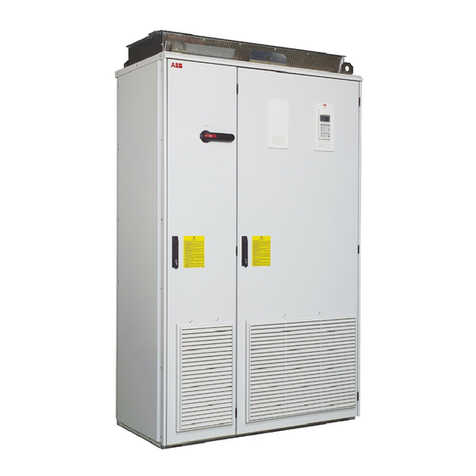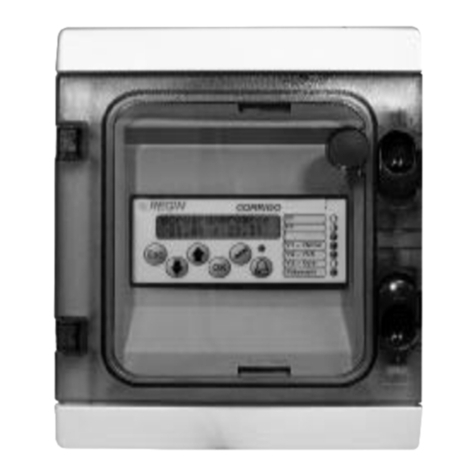ABB ACS 6000 Installation and user guide
Other ABB Controllers manuals
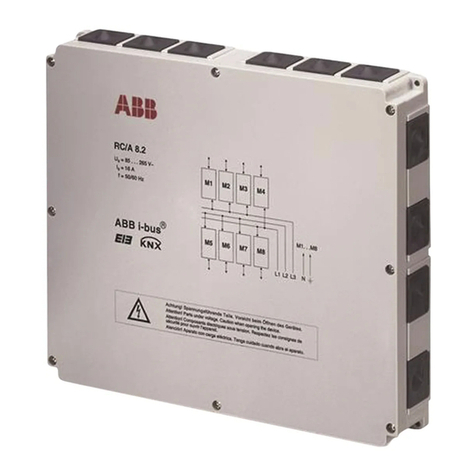
ABB
ABB RC/A 8.2 User manual

ABB
ABB Relion 620 Series User manual

ABB
ABB i-bus KNX FCL/S 1.6.1.1 User manual

ABB
ABB Relion 605 Series Instructions for use

ABB
ABB ACS580-07-0495A-4 User manual
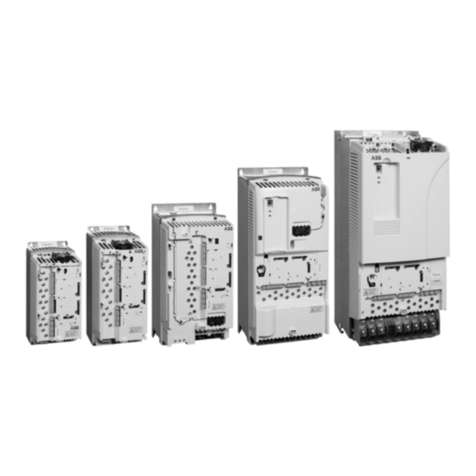
ABB
ABB ACS800-U4 User manual
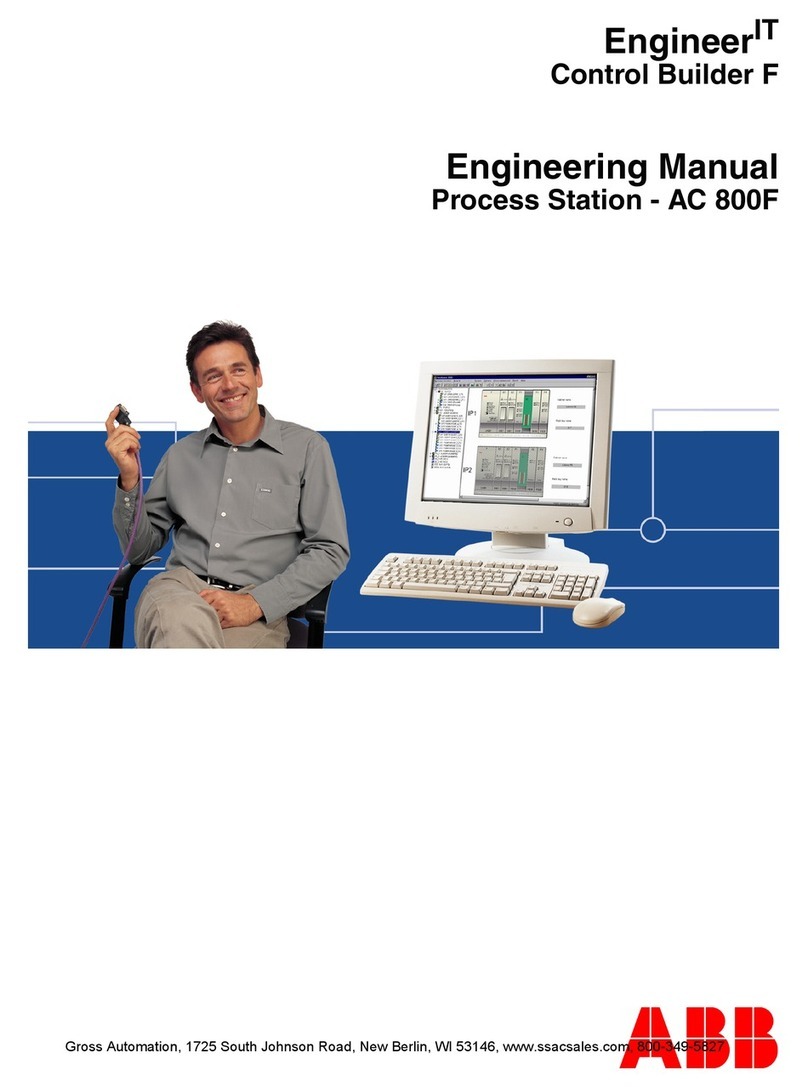
ABB
ABB AC 800F Installation and operation manual
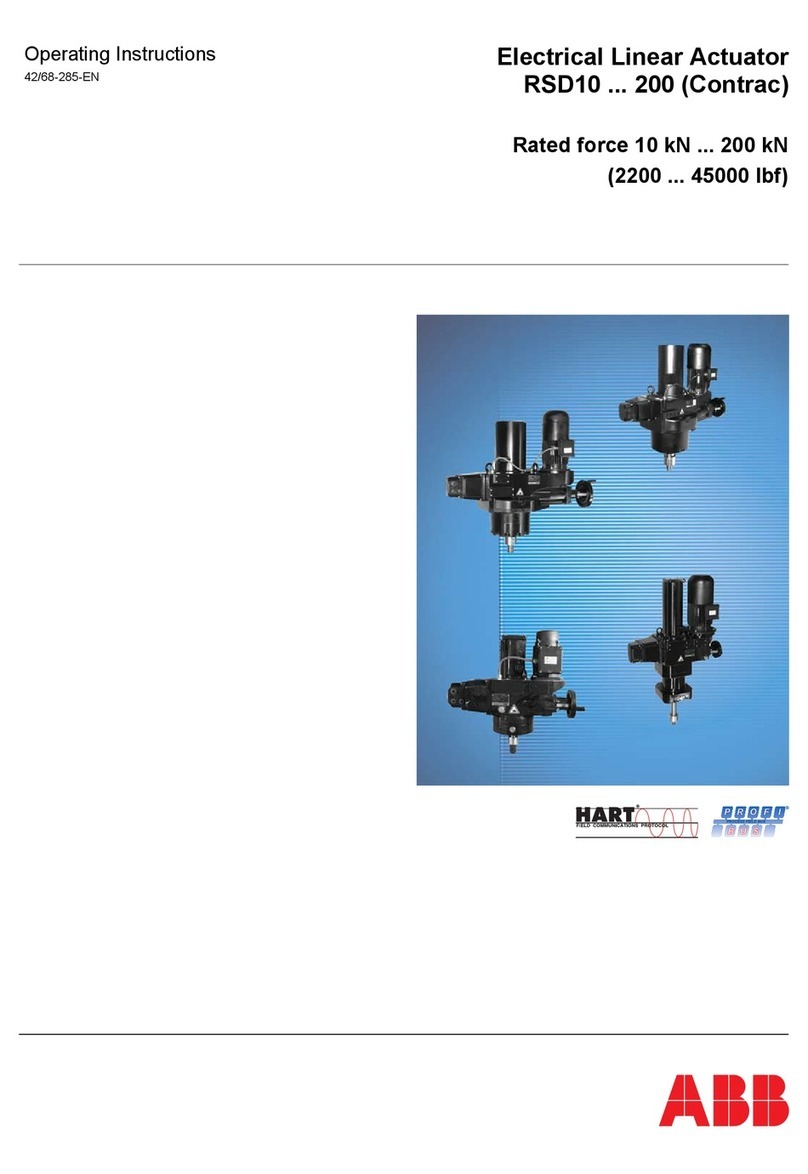
ABB
ABB RSD Series User manual

ABB
ABB AC 800F Guide

ABB
ABB C360 User guide
Popular Controllers manuals by other brands

Digiplex
Digiplex DGP-848 Programming guide

YASKAWA
YASKAWA SGM series user manual

Sinope
Sinope Calypso RM3500ZB installation guide

Isimet
Isimet DLA Series Style 2 Installation, Operations, Start-up and Maintenance Instructions

LSIS
LSIS sv-ip5a user manual

Airflow
Airflow Uno hab Installation and operating instructions
